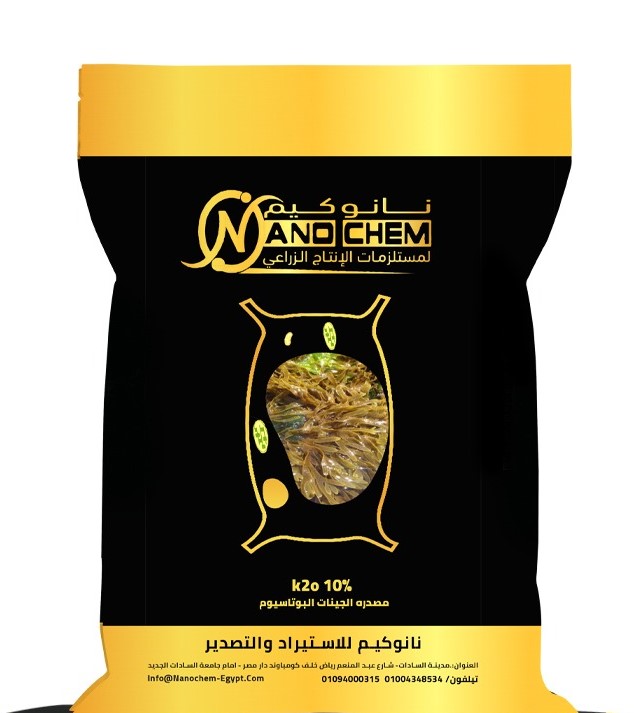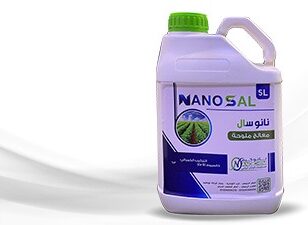Introduction
Seaweed, a rich natural resource brimming with essential nutrients and beneficial biological compounds, has emerged as a promising supplement for soil and plant treatment. As interest in sustainability and innovative agricultural enhancement grows, seaweed is increasingly seen as a viable option for boosting agricultural productivity. This blog post explores the use of seaweed in agriculture, its benefits, and practical applications.
Types of Seaweed
Seaweed is classified into three main types:
- Brown Seaweed: Examples include Fucus and Kelp, known for high concentrations of nutrients and minerals.
- Red Seaweed: Includes Agar and Carrageenan, which contain gel-forming compounds used in food and cosmetics.
- Green Seaweed: Such as Ulva, rich in a variety of vitamins and minerals.
Benefits of Seaweed in Agriculture
- Improving Soil Health
- Increased Soil Fertility: Seaweed is rich in minerals and nutrients like nitrogen, phosphorus, and potassium, enhancing soil fertility and supporting plant growth.
- Improved Soil Structure: The organic content in seaweed helps improve soil structure, boosting its water retention and aeration capabilities.
- Stimulating Plant Growth
- Growth Enhancement: Natural plant hormones in seaweed, such as auxins and cytokinins, stimulate root, stem, and leaf growth.
- Increased Plant Resilience: Seaweed helps plants resist diseases and environmental stresses like drought and salinity.
- Providing Nutrients
- Nutritional Supplement: Seaweed provides a wide range of micronutrients, enhancing plant health and productivity.
- Balanced Nutrient Supply: It helps supply deficient or inadequately available nutrients in the soil.
- Improving Crop Quality
- Increased Nutritional Value: Crops grown with seaweed may have higher levels of vitamins and minerals.
- Enhanced Taste and Texture: Seaweed can improve the taste and texture of certain crops.
Applications of Seaweed in Agriculture
- Fertilizer Preparation
- Organic Fertilizers: Seaweed can be processed into organic fertilizers through thermal treatment or fermentation, enriching soil fertility and promoting plant growth.
- Liquid Fertilizers: Seaweed extracts can be used as liquid fertilizers, providing essential nutrients directly to plants.
- Plant Treatment
- Biostimulation: Seaweed extracts can be used as biostimulants to enhance growth and disease resistance in plants.
- Foliar Feeding Solutions: Spraying seaweed extracts on plant leaves delivers nutrients directly.
- Water Management
- Improved Water Retention: The gel-like substances in seaweed enhance soil’s water retention capacity, reducing the need for frequent irrigation.
- Land Reclamation
- Saline Soil Reclamation: Seaweed can improve the structure and fertility of saline soils, making them more arable.
Examples and Case Studies
- Japan and South Korea: These countries traditionally use seaweed as a fertilizer to enhance soil fertility and crop productivity. Seaweed is collected and processed for agricultural use.
- Australia: Successful agricultural projects in Australia have used seaweed extracts to improve crop resilience to environmental stresses and promote growth.
Challenges and Considerations
- Collection and Processing Costs: The high costs associated with collecting and processing seaweed may affect its feasibility in some regions.
- Environmental Impact: Sustainable collection practices are necessary to avoid negative impacts on marine ecosystems.
Conclusion
Seaweed is a valuable resource offering numerous agricultural benefits. From enhancing soil fertility and promoting plant growth to improving crop quality and water management, seaweed provides versatile solutions to agricultural challenges. With ongoing research and development, seaweed is poised to play a crucial role in sustainable agriculture and global food security.







